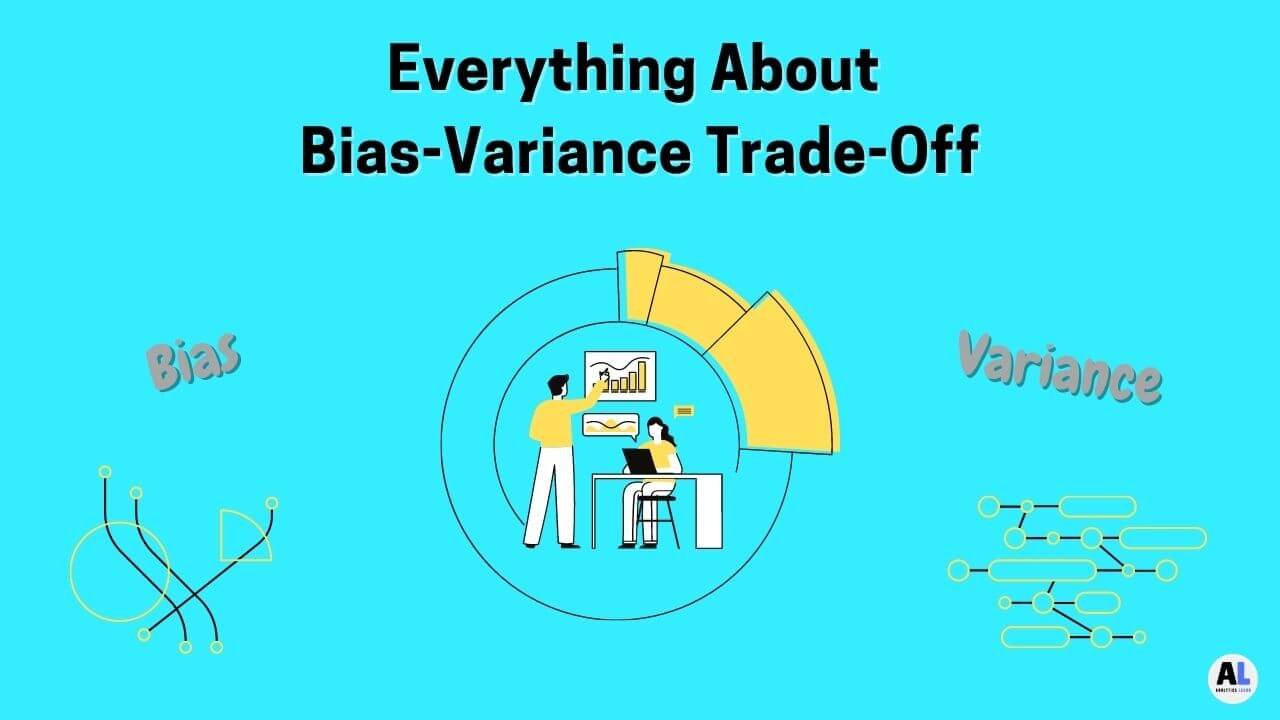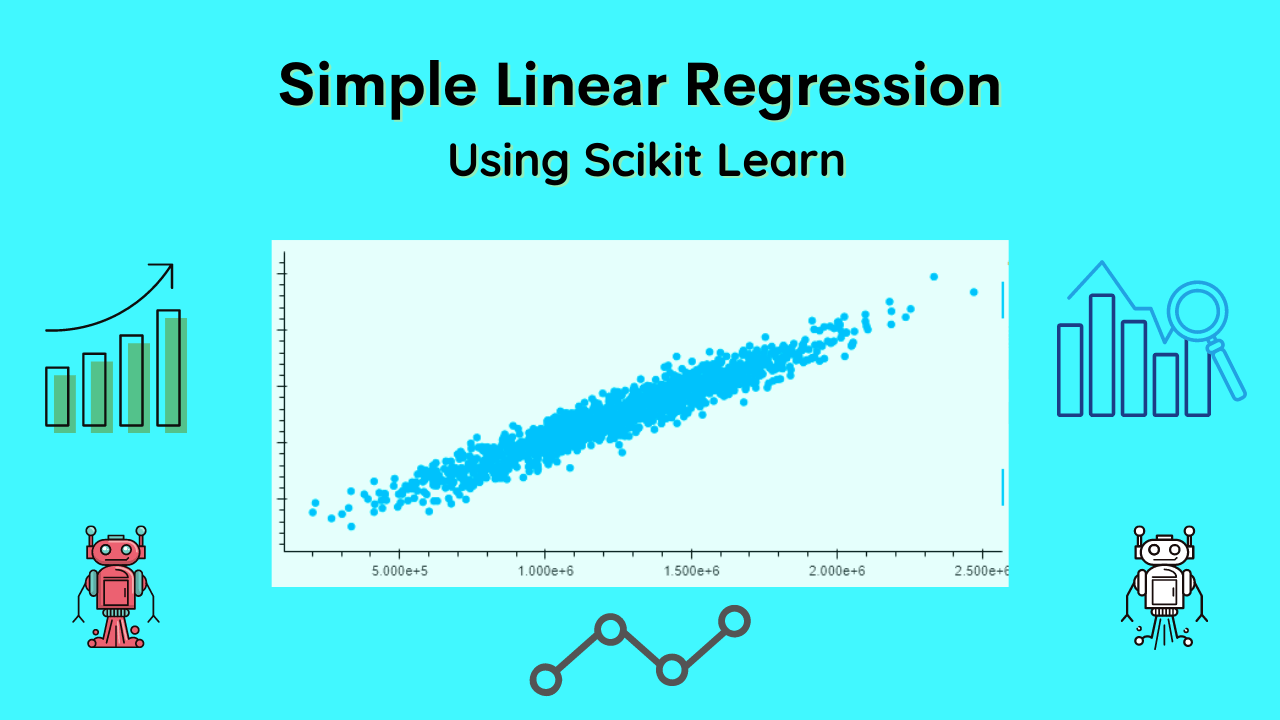In this blog post, we will discuss what TensorFlow is, and how it can be used for different purposes in machine learning as well as in deep learning.
We will also provide a few examples of how TensorFlow can be used to create and train machine learning models.
It was created by Google engineers and is now used by many large organizations, including Google, Facebook, and Netflix.
It is a powerful platform for data analysis and machine learning, and to get the most out of it, it is important to understand what a tensor is and how to work with them.
What is TensorFlow?
It is an open-source software library for data analysis and machine learning, and It is licensed under the Apache 2.0 open source license.
It was developed by researchers and engineers at the Google Brain team within Google’s Machine Intelligence research organization.
TensorFlow is used for applications such as natural language processing, speech recognition, computer vision, and general machine learning.
It can be run on a wide variety of devices, including mobile phones, tablets, desktops, and large-scale computing systems.
It provides a high-level API for building complex neural networks, as well as lower-level APIs for more detailed control.
TensorFlow also provides a wide range of optimizations that can be used to improve the performance of your code.
Related Article: How to Start a Career in Data Science?
How can TensorFlow be used for Different Purposes?
There are many different ways to use it , and it can be used for a variety of purposes, For example, it can be used for:
- Machine learning and deep learning
- Natural language processing
- Computer vision
- Robotics
Related Article: What are the Types of Machine Learning? – in Detail
Examples of TensorFlow for ML
It can be used in a variety of ways to create and train machine learning models, and here, we will explore three examples of how It can be used for such purposes.
It is a very versatile library that can be used for a variety of purposes, and It is popular for machine learning and data analysis, but can also be used for natural language processing, computer vision, and many other applications.
1. Image Recognition.
The first example will involve using TensorFlow to create a deep learning model for image recognition.
We will use the MNIST dataset to train the model, and we will use a convolutional neural network (CNN) to do the training.
2. Predictive Modeling for Stock Prices
The second example will involve using TensorFlow to create a machine learning model for predicting stock prices.
We will use the well-known S&P 500 dataset to train the model, and we will use a linear regression model to do the training.
3. Predictive Modeling for Healthcare Data
The third example will involve using TensorFlow to create a machine learning model for predicting whether or not a patient will develop heart disease.
We will use the Cleveland Heart Disease dataset to train the model, and we will use a decision tree to do the training.
Related Article: Top 10 Python Libraries for Machine Learning
What is a Tensor?
In mathematics, a tensor is an object that generalizes the concept of a vector and a matrix and A tensor is a multidimensional array, which is often denoted by a capital letter T.
The term “tensor” was introduced by William Rowan Hamilton in 1843.
A tensor can be represented as a table of numbers, with the number in each row and column representing the value of the tensor at that point.
For example, the following table shows a three-dimensional tensor with values of 1, 2, and 3 at the points (1, 2, 3), (4, 5, 6), and (7, 8, 9):
What is a Tensor in TensorFlow?
In this article, we will discuss what a tensor is in TensorFlow and We will also show how to check the TensorFlow version.
A tensor is the basic data structure in TensorFlow, It is a multidimensional array of data with a specific shape.
It uses tensors to represent the values in a computation graph, In TensorFlow, a tensor is simply a multidimensional array, or matrix, of numerical values.
It uses Tensors to represent the values in a neural network, A TensorFlow program usually consists of one or more “graphs,” which are made up of a series of operations that manipulate Tensors.
Related Article: What is Statistical Modeling? – Use, Types, Applications
How to Check TF Version?
To check the installed TensorFlow version on your system, type the following command into a terminal:
tensorflow – version
If you have a TensorFlow installation but the command above doesn’t work, you may need to add the installation path to your system PATH environment variable.
For more information on how to do this, see the following page: Here
To check the TensorFlow version, type the following command in the terminal:
tf -- version
In this blog post, we have shown what a tensor is in TensorFlow, We have also shown how to check the TensorFlow version, We hope you have found this information helpful.
What are the Features of TensorFlow?
It has a wide range of features, making it a great choice for complex mathematical or machine learning tasks, Some of the key features of TensorFlow include:
- Efficient, sophisticated algorithms for matrix operations and tensor computations
- Flexible interface that allows for the creation of custom algorithms or models
- Wide range of supported hardware platforms, including GPUs
- Runs on a wide variety of operating systems, including Windows, MacOS, and Linux
How to Learn TensorFlow?
There are different ways to learn TensorFlow, You can find resources and tutorials online, or you can take a course.
If you want to learn TensorFlow on your own, there are a number of resources available online. You can find tutorials, documentation, and examples.
One great way to learn TensorFlow is to take a course, Courses are available online and in person. They provide a structured way to learn TensorFlow and allow you to ask questions.
whichever way you choose, be patient and keep practicing, It is a complex tool, but with practice you’ll be able to use it effectively.
Related Article: A Complete Guide on Linear Regression for Data Science
Conclusion
In this blog post, we have discussed what a tensor is in TensorFlow, and We have also shown how to check the TensorFlow version.
It is a powerful open-source software library for data analysis and machine learning, and It is used by researchers and developers around the world to create custom algorithms and models.
It is used for applications such as natural language processing, speech recognition, and computer vision, and it makes it easy to build complex neural networks for learning how to perform specific tasks.
To learn more about TensorFlow, Watch this video:

Meet Nitin, a seasoned professional in the field of data engineering. With a Post Graduation in Data Science and Analytics, Nitin is a key contributor to the healthcare sector, specializing in data analysis, machine learning, AI, blockchain, and various data-related tools and technologies. As the Co-founder and editor of analyticslearn.com, Nitin brings a wealth of knowledge and experience to the realm of analytics. Join us in exploring the exciting intersection of healthcare and data science with Nitin as your guide.










